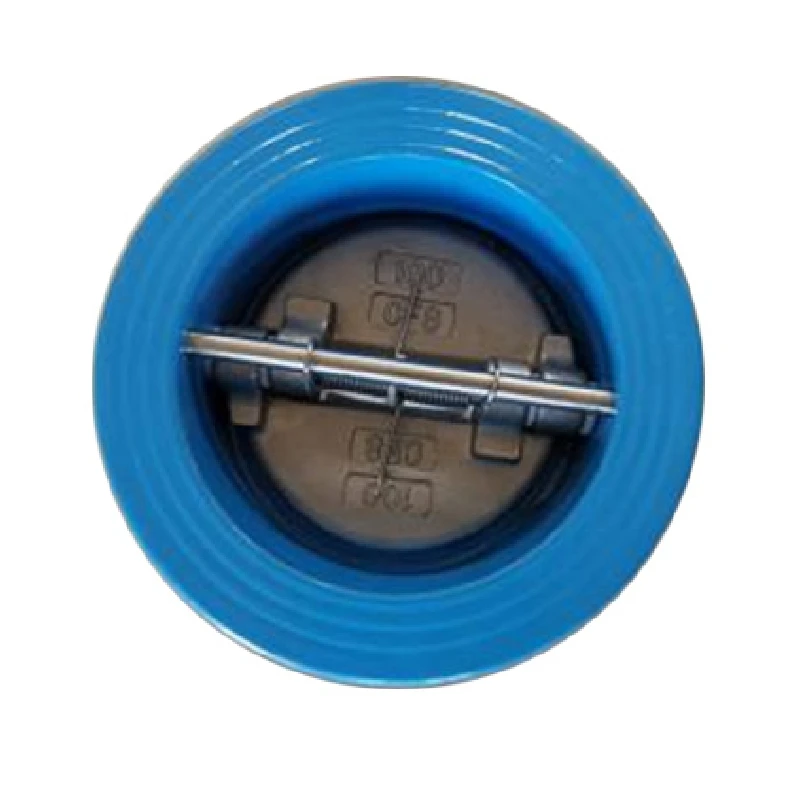មករា . 02, 2025 04:48 Back to list
rubber joint plumbing fittings
The Importance of Rubber Joint Plumbing Fittings
In the world of plumbing, the selection of fittings can significantly affect the efficiency and durability of a system. Among various options available, rubber joint plumbing fittings are gaining popularity due to their unique properties and advantages. This article will explore the features, benefits, and applications of rubber joint plumbing fittings, highlighting their pivotal role in modern plumbing systems.
What Are Rubber Joint Plumbing Fittings?
Rubber joint plumbing fittings are flexible connectors made primarily from high-quality rubber materials, such as neoprene or EPDM (ethylene propylene diene monomer). These fittings are designed to create leak-proof seals between pipes, allowing for smooth flow while accommodating slight misalignments and movements. Unlike rigid fittings, rubber joints can absorb vibrations and shocks, making them ideal for various plumbing applications.
Advantages of Rubber Joint Fittings
1. Flexibility and Versatility One of the standout features of rubber joint fittings is their flexibility. This property allows them to be used in numerous applications, spanning residential plumbing systems to industrial setups. Their capacity to accommodate different pipe sizes and configurations makes them a versatile choice for plumbers and contractors.
2. Vibration and Shock Absorption Many plumbing systems experience vibrations due to water flow, pumping machinery, or nearby traffic. Rubber joints are excellent at absorbing these vibrations, which helps prevent wear and tear on pipes and fittings. This characteristic extends the lifespan of the plumbing system and minimizes maintenance costs.
3. Leak Prevention The excellent sealing capability of rubber joints ensures a leak-proof connection between pipes. This is particularly important in plumbing applications where leaks can lead to significant water waste, structural damage, and costly repairs. Rubber joints maintain their sealing properties even under fluctuating pressure and temperature conditions.
4. Corrosion Resistance Many traditional metal fittings can corrode over time due to exposure to water and other environmental factors. Rubber joints, on the other hand, are resistant to corrosion and chemical degradation. This makes them an ideal choice for plumbing systems that involve aggressive fluids or in challenging environments.
rubber joint plumbing fittings

5. Easy Installation Rubber joint fittings are designed for quick and easy installation. They usually come with built-in flanges or clamps that simplify the connection process, reducing labor time and costs. This ease of installation is particularly beneficial for large plumbing projects that require numerous fittings.
Applications of Rubber Joint Plumbing Fittings
Rubber joint fittings are utilized in a variety of applications across different sectors. Some prominent uses include
- Municipal Water Systems Rubber joints are often employed in public water supply networks, where flexibility and durability are crucial due to varying pressure conditions and ground movement. - Industrial Plumbing Industries that handle heavy machinery or experience frequent vibrations use rubber joint fittings to connect plumbing lines securely while preventing damage.
- Irrigation Systems In agricultural applications, rubber joints are valuable for connecting pipes in irrigation systems, ensuring water flows effectively without leaks.
- Commercial Buildings From office complexes to shopping malls, rubber joint fittings are used in HVAC systems and plumbing networks to ensure reliable operation and longevity.
Conclusion
Rubber joint plumbing fittings play an essential role in the construction and maintenance of efficient plumbing systems. Their combination of flexibility, durability, and corrosion resistance makes them an ideal choice for various applications. As the plumbing industry continues to evolve, the demand for effective solutions like rubber joint fittings will likely grow, ensuring that infrastructure remains robust and reliable. By investing in such components, plumbing professionals can enhance the performance and longevity of their systems, ultimately benefiting both consumers and the environment.
Share